What if quantum computing could be simulated using hardware that isn’t so finicky?


What if quantum computing could be simulated using hardware that isn’t so finicky?

Using a specialized design approach, scientists create acoustic waves that behave as twisted, ultrasonic motors capable of rotating particles in space.
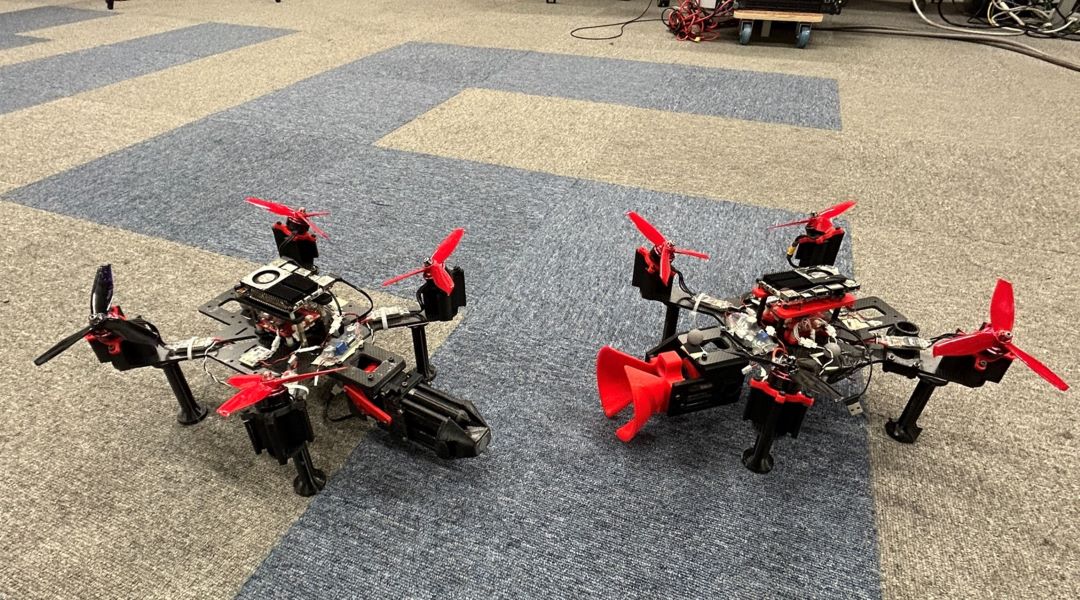
It may sound like something straight out of an anime, but TRADY is a rotor-based flying robot that can combine to boost its strength and capabilities.
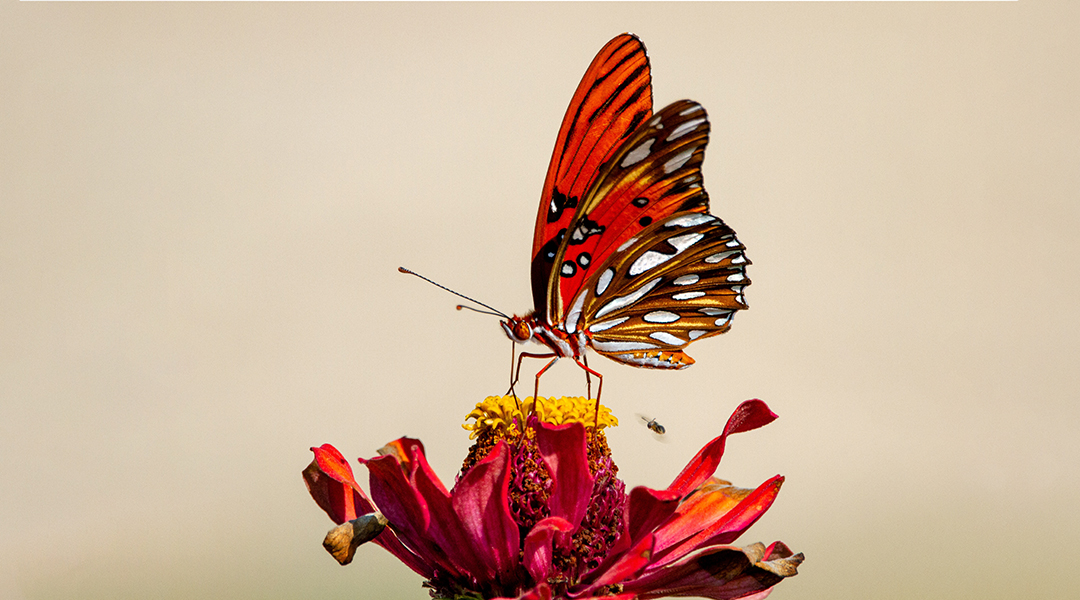
Manipulating light on the nanoscale allows scientists to create specific structural colors that do away with the need for potentially harmful dyes.

AI is changing the labor-intensive process of manual cell counting, offering improved accuracy, efficiency, and a door into new scientific applications.
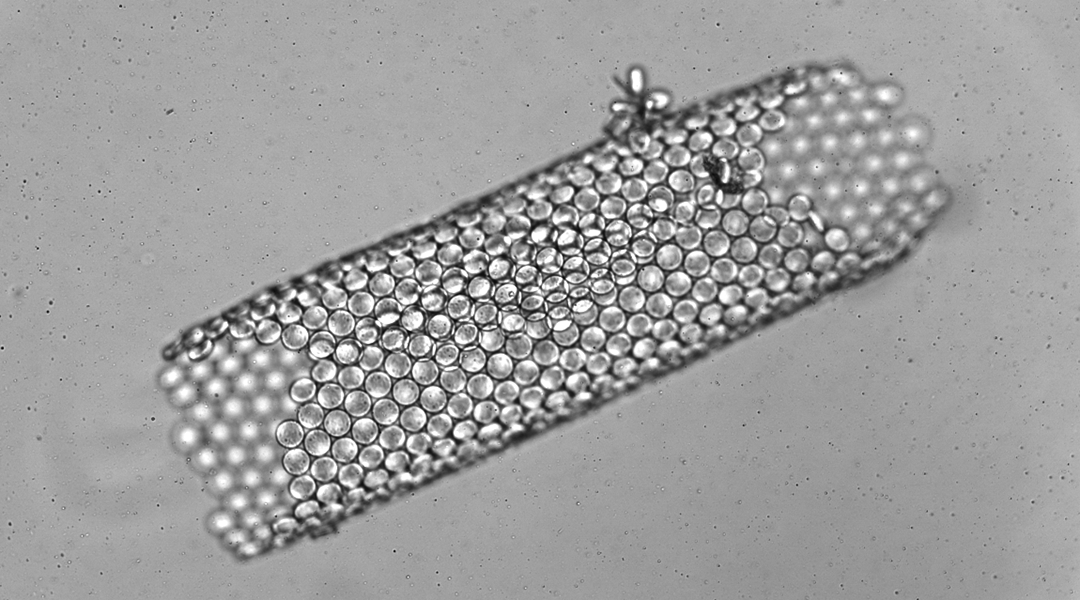
Scientists have developed a method to produce millimeter-scale soft robots by chemically binding hundreds of microrobots together.
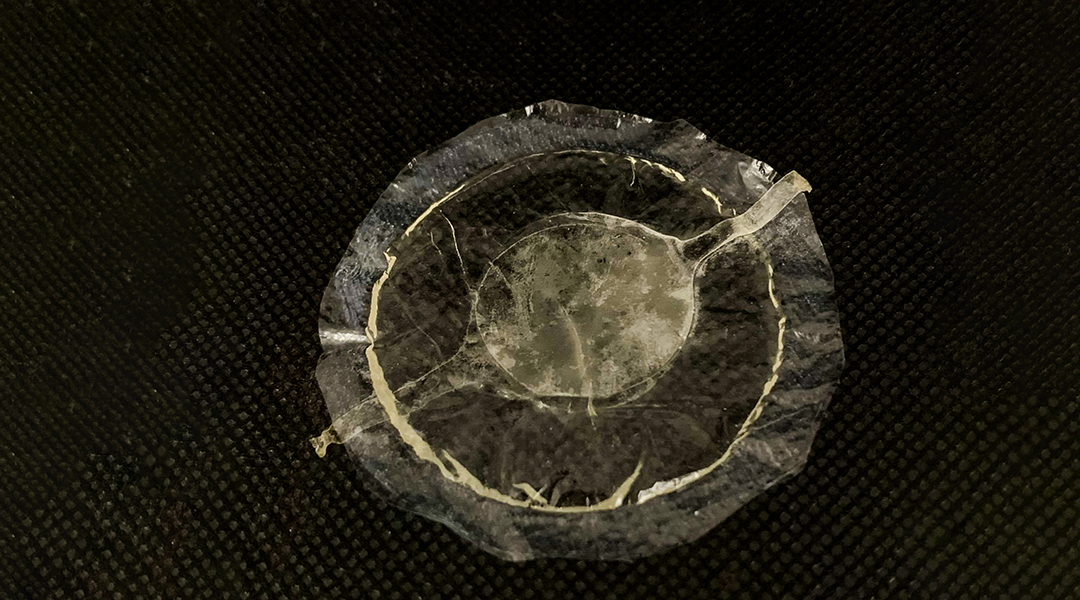
A soft, biodegradable actuator that could drive the motion of biodegradable robots and a future in symbiosis with human operators.
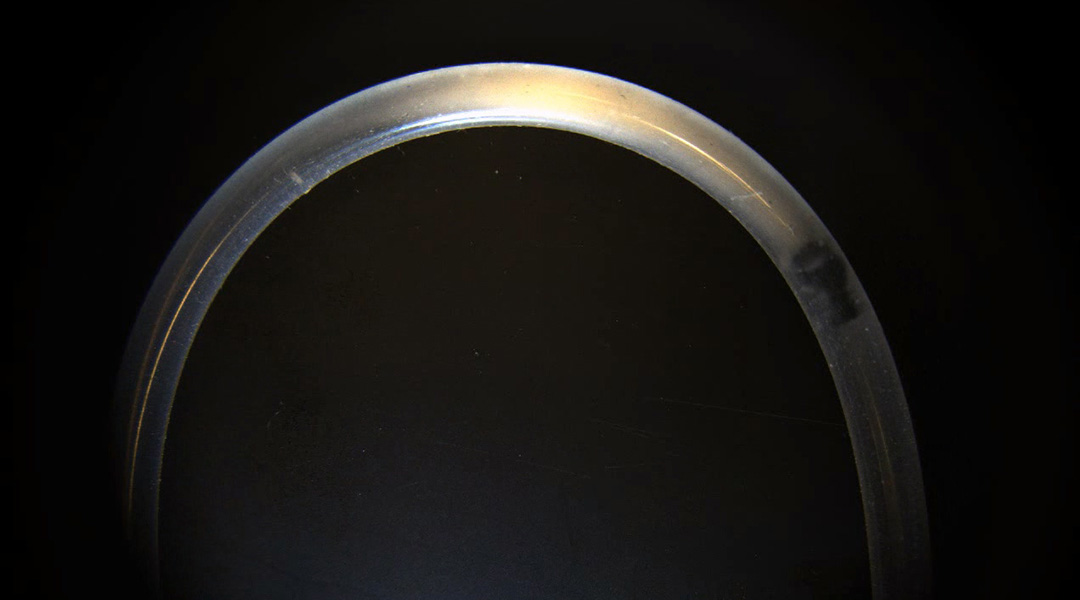
Magnetic hydrogel micromachines break up biofilms and release antibiotics, combating biofilm infections associated with medical devices.
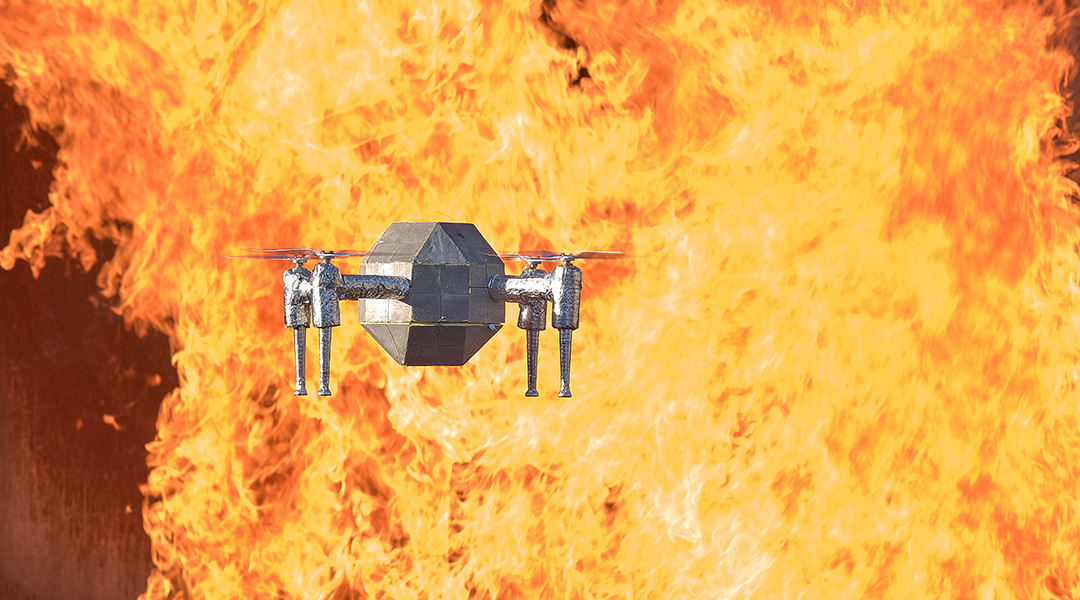
FireDrone could be sent in ahead to find trapped people, assess layouts and unexpected hazards to allow responders to prepare accordingly and save more lives
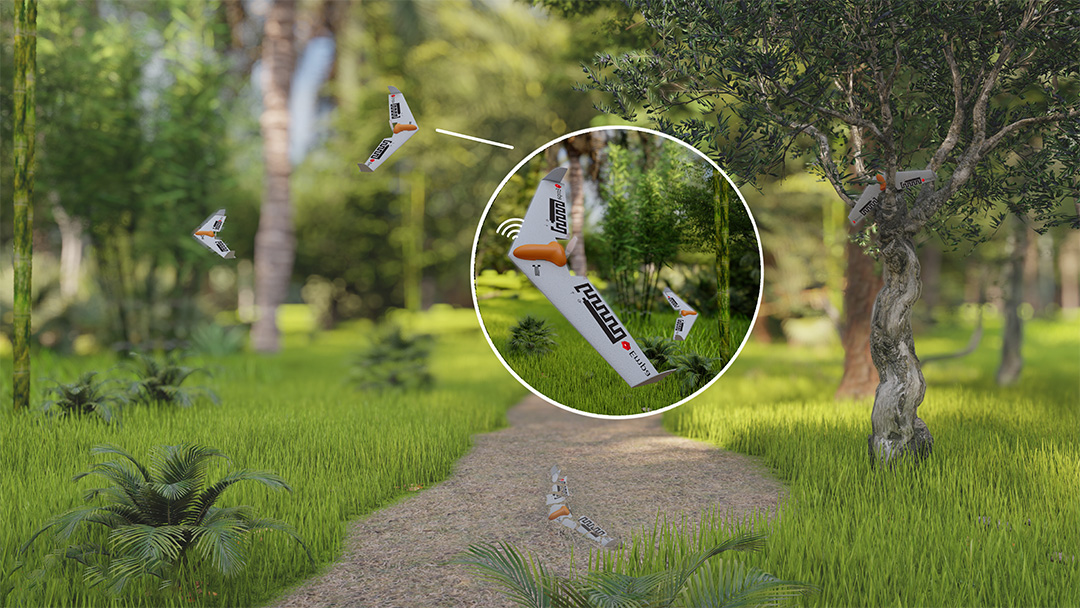
The forest floor should be able to make a meal out of this new drone made of almost completely from biodegradable parts.